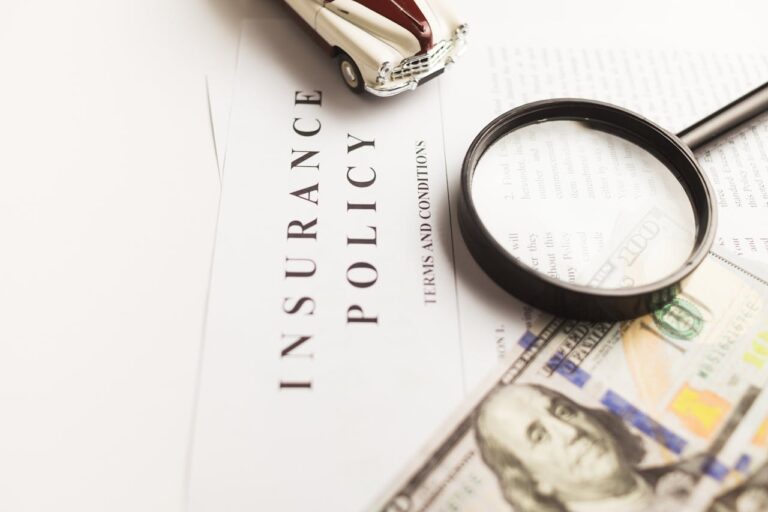Even though the Federal Reserve has long attempted to keep inflation at the rate of 2% over the long run, over the last two years vehicle insurance premiums have risen at a significant rate, far outpacing that target. Fed officials even told Congress last year that insurance, including vehicle insurance, was largely to blame for the lingering high rates of inflation.
Let’s talk about some of the reasons vehicle insurance is so high and how it impacts decisions consumers make.
Skyrocketing premiums
Although the cumulative rate of inflation in the United States has increased 7.8% between 2022 and 2024 – still well above that 2% goal – vehicle insurance premiums have increased 50.8% in the same time frame. That’s a significant increase that impacts many American families.
A CBS News article from last July interviewed a top executive from the Insurance Information Institute who gave three reasons vehicle insurance rates have increased: repair costs, risky behavior, and lawyer involvement.
First, the cost of repairing cars, including labor, has simply become more expensive – at the time the article was published, the costs had increased more than 40% – and those costs are being pushed to customers. A Washington Post article last month examined the impact in more detail, explaining that although new technologies have made cars safer, they are also much more expensive to repair and replace.
Additionally, research shows that risky driving behavior – including aggressive, distracted, and impaired driving – increased during the pandemic, leading to an increase in deadly accidents. A study also showed that speeding increased in 2020 when the roads were relatively empty and that trend did not stop the following year as more people began to fill up the roads.
Finally, an increase in lawyer involvement in accident claims, and excessive litigation, is believed to be contributing to the rising cost of vehicle insurance. A survey by the Insurance Research Council found that consumers believe there is a link between the two, and lawyers have clearly found accident litigation a very profitable business venture. A list of the largest legal advertising spenders in 2023 is filled with law firms specializing in accident and personal injury litigation.
How are consumers responding?
Unfortunately, there isn’t a lot consumers can do about the rising rates of vehicle insurance if they want to continue driving a car. New Hampshire and Virginia are the only two states in the United States where you do not have to purchase auto insurance to drive a car off the sales lot, though there are other caveats to their laws (such as paying an annual fee or having liability insurance). Therefore the only way to get out of paying auto insurance is to not have a vehicle.
Some consumers have chosen to get rid of their vehicles in favor of public transportation, but that option isn’t available in the vast majority of American towns. Most drivers feel they have no choice but to use personal vehicles to get where they need to go because of their town’s transportation infrastructure. Research has shown that car ownership plays an important role in social mobility, accessing healthcare, and employment opportunities.
After housing, costs associated with owning and operating a vehicle – including insurance – is the largest expense Americans have, accounting for about 17% of a household’s budget. When those costs increase, consumers may have to make choices about what to cut in their budgets to make up for it – assuming there is room to make cuts.







